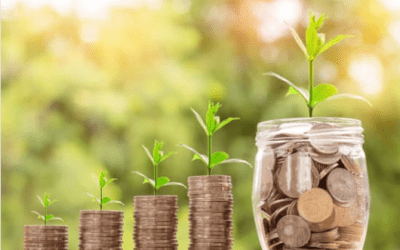It’s easy to see pain as a negative thing. A threat to your wellbeing, a sign that something is wrong. In pain, you feel vulnerable, fragile, fearful. But what is the purpose of pain. Is it really a bad thing?
Consider for a moment what it would be like if you didn’t experience pain. You might think that would be blissful. Like floating on a cloud without a care in the world, but that wouldn’t last for long. Chances are you would die prematurely without a pain system to protect you. If you didn’t feel yourself cut your finger sawing wood, you might continue and chop your finger off. There is a finite number of times you can do that. If you didn’t feel a nasty insect bite to your shin you wouldn’t know to clean the wound and protect it from getting infected or seek medical attention for antibiotics if necessary. If you didn’t feel the heat of the radiator on your back as you sat against it, a burn is likely to follow.
The purpose of pain is to protect you from harm and not necessarily that the harm has already happened. When we experience pain we often think it is because we have done some damage, but there is a difference between hurt and harm. If you put your hand over the flame of a candle, fairly quickly things will become painful and you will pull your hand away. The pain is to protect you from burning your hand, not that you have burned your hand.
When we are in pain it is common to catastrophise believing that this is the worst version of the thing it could be. Knee pain at 20 means your football career is over. Knee pain at 40 means you have to stop running. Knee pain at 60 must mean you need a knee replacement!! All common anxieties but not necessarily the case. Yes, it is painful when you cut your finger chopping the vegetables but it does not mean you are going to lose your finger. Provided of course you manage the injury properly. Stop cutting, clean it, dress it, look out for signs of infection.
The pain kicks in early to protect you from harm, from greater harm and not that the worst thing has happened. Perhaps counterintuitively in many cases when you do damage something completely there is little or no pain. A ruptured Achilles tendon for example is a painless injury. Pain has no purpose in the case of a rupture as the worst thing that could have happened to the tendon has happened and there is nothing to protect. No pain in that case but there are other signs that something is wrong. You can’t walk properly or stand up on your toes. A tear to the tendon however is very painful indeed, in order to grab your attention and get you to protect the part to avoid rupture. Maybe then pain is a sign that things aren’t as bad as they could be and that’s a good thing. A pain in your Knee doesn’t mean the end of the world but it is trying to tell you something.
None of this should make you dismissive when it comes to pain. It is still serving a purpose. To grab your attention that something needs to change. it’s just not necessarily what you instinctively might think. Pain is protecting you, letting you know you are still alive for a start and that even though something isn’t right there is an opportunity to do the right thing. It’s not always obvious what the right thing is but it is reassuring to know that pain is trying to help you make things better not that things are as bad as they could possibly be.
Things get a bit more complex when pain goes beyond 3 months. This is when we get into persistent pain territory. 3 months is usually enough time for most injuries to go through their natural healing process. After 3 months pain is no longer a reliable indicator of tissue harm or damage. After 3 months many lifestyle factors become more influential over the pain experience than the state of the tissue itself. Pain is still trying to protect and guide you, it’s now doing so at a much deeper level and for much more powerful reasons.
Unfortunately a simple blog post isn’t sufficient to explain the complexities of such things but I have however written a book to explain why pain is a necessary thing, a good thing and in my view the Ultimate Mentor to help you make better choices and improve your quality of life. It’s just not so obvious unless you know how to look at it.
Over the last 3 years I’ve put together a book to explain, how the pain pathway works, how your attitudes, actions and activities influence the biochemistry and neural networks of your body. How your choices impact on what you experience now and in the future and how pain guides you to making the right choices. After 25 years of working with people in pain, 3 years of writing and researching, a developmental editor that took the manuscript from one hundred and twenty two thousand words to eighty thousand words, a copy editor in South Carolina who tidied up the grammar, an illustrator in Sri Lanka, a book cover designer in Serbia, a type setter to help make it look the part and a proof reader who has checked for dotted i’s and crossed t’s, it will be published on the 12th of May.
If you would like to know when it’s available for pre-order and get an exclusive reveal of the book cover sign up at Pain: The Ultimate Mentor.




Great Post! The purpose of pain extends beyond being a mere unpleasant sensation. It serves as a sophisticated and adaptive mechanism designed to protect the individual, facilitate learning, and promote overall well-being. While pain can be challenging, understanding its purpose allows for a more nuanced and holistic approach to its management and interpretation in the context of our physiological and psychological experiences.
Thank you Mark. Pain is The Ultimate Mentor towards sustained health and wellbeing. It’s not always easy to understand what it’s trying to tell you without a deeper understanding but it is a good thing if you know how to read it.